Thea Render is the most versatile renderer featuring state-of-the-art unbiased, biased and GPU engines. All the engines operate within the same framework and switching from one to another is just a click away. Check out the supported features per engine here.
RENDER ENGINES

PRESTO
With our engine running on both the GPU+CPU, interactive photorealistic rendering was never better. 查看更多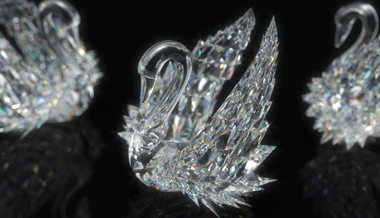
UNBIASED
The unbiased core of Thea produces the most accurate results and stunning photorealistic images. 查看更多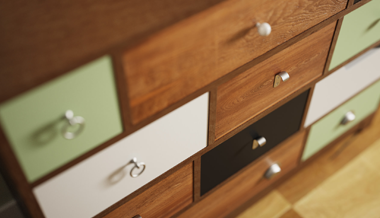
ADAPTIVE
When it comes to faster and higher quality rendering or walkthrough animations, the biased engine is the real deal. 查看更多ENGINE FEATURES

High Accuracy & Performance
In Thea Render, we introduced innovative techniques and algorithmic optimizations to achieve superior performance. All possible paths of lighting transfer are explored, delivering the highest accuracy.



Light Simulation
A strong mathematical framework that has led to a very robust unbiased core. It can be also considered as a light simulation tool, performing calculations in the full visible spectral space and including advanced phenomena like volumetric scattering and spectral dispersion.



Unique Material Editor
The material system with Physically Based material primitives and Advanced Layering System is at the heart of the render engine. These features lead to the most realistic and convincing renders.



Zero Setup Time
One of the great advantages of using the unbiased core is that no effort is needed to set up the engine. Realistic results are produced without any artifacts. This way, the artist and designer can focus exclusively on bringing their ideas to life, without fiddling with any engine parameters.


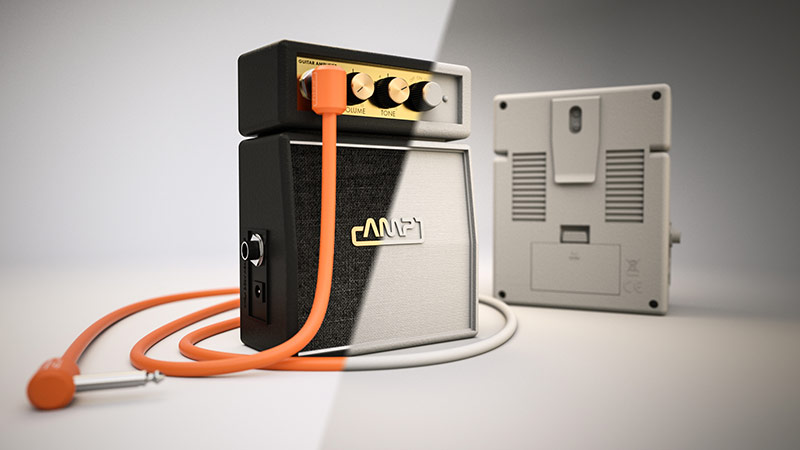
Fast Interactive Rendering
Presto is great fun to work with, especially since you can get immediate feedback with production quality due to its fast, interactive response.


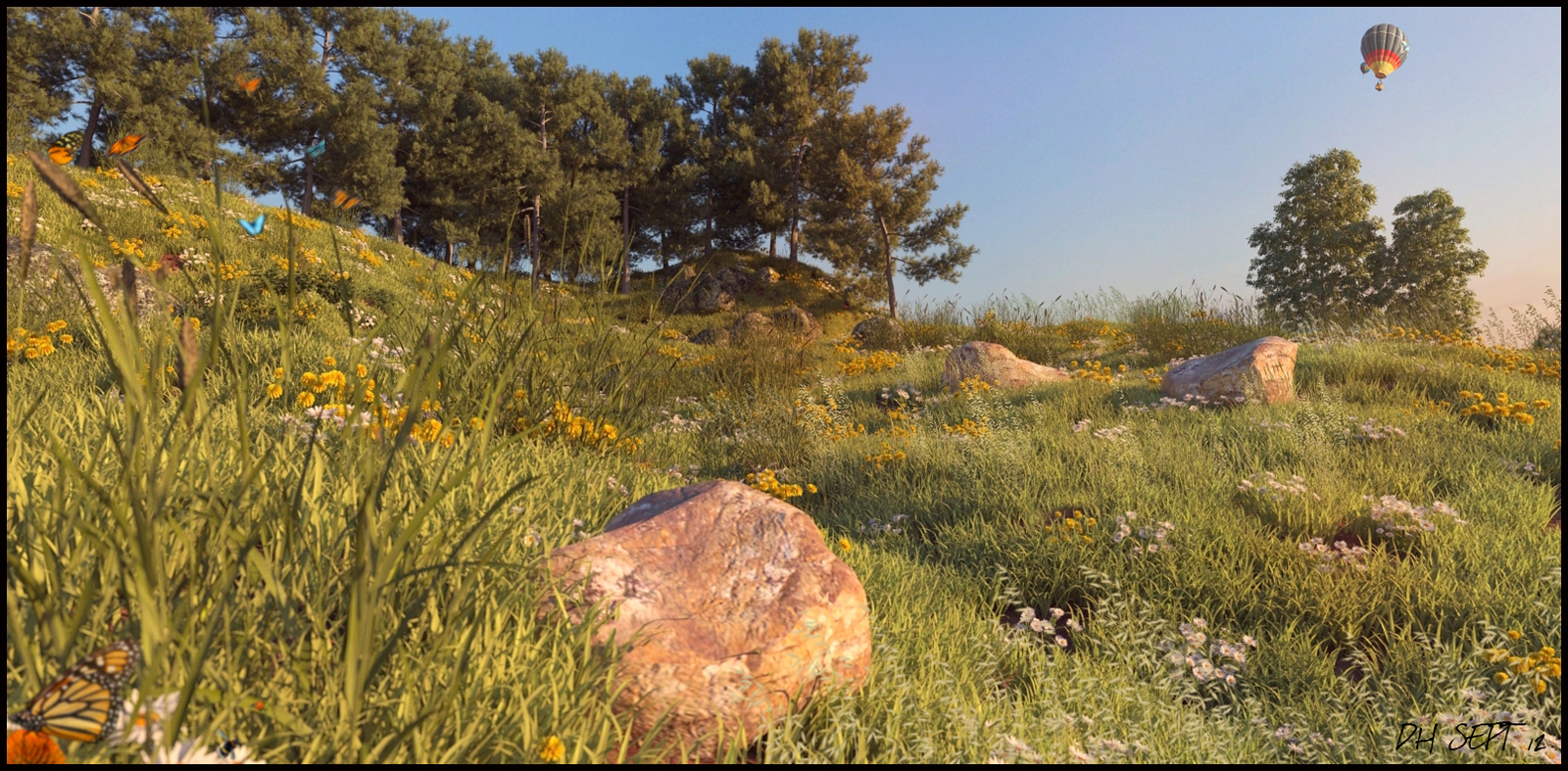
Instancing
Millions of instanced polygons can be rendered without an issue due to our geometric compression techniques. And even if scene cannot fit in GPU, Presto can still run entirely on the CPU.


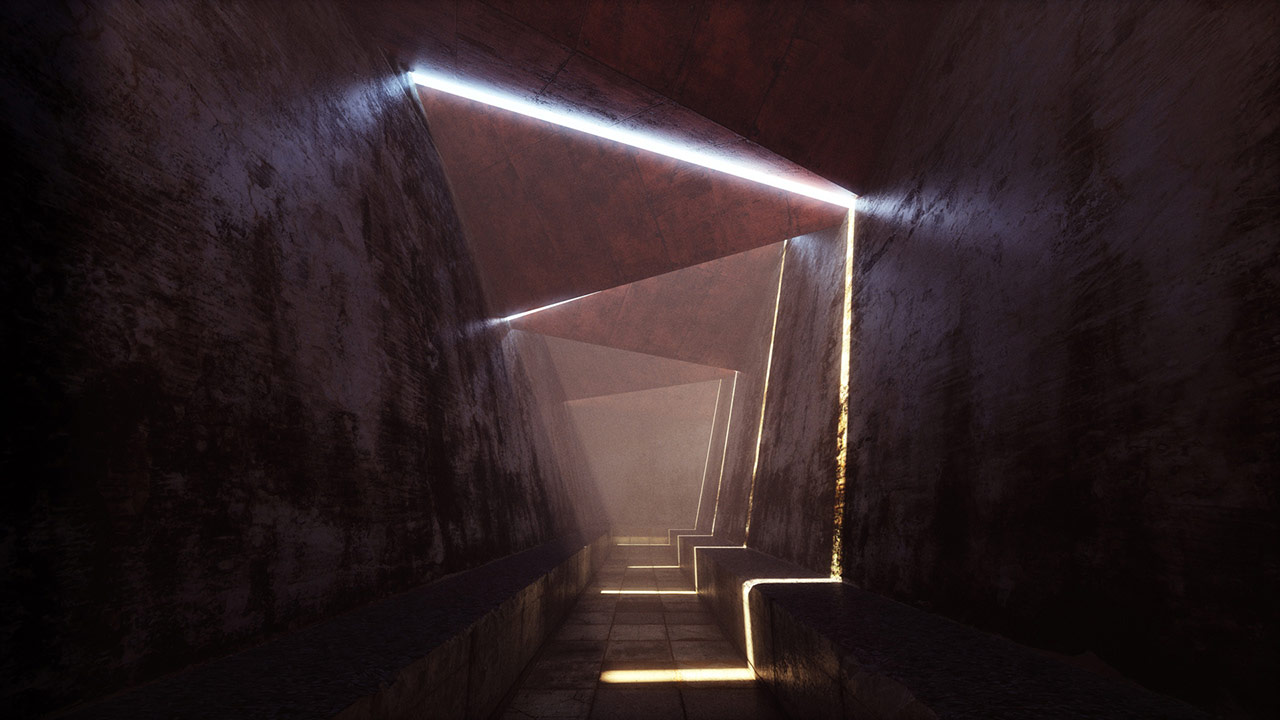
Volumetrics & SSS
Participating media and Sub-Surface Scattering are resolved with full accuracy utilizing our optimized volumetric scattering techniques.


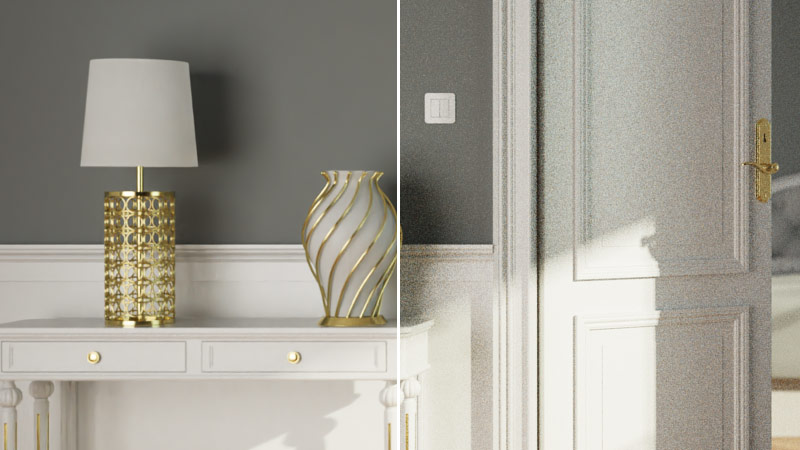
Denoising
There are two denoising methods to choose from. NVIDIA® OptiX™ delivers fast unsurpassed denoised renders. And in case that NVIDIA GPU graphic card is not available our built-in denoiser can still be used to accelerate production rendering.



Split Frame
Systems with multiple GPUs can use the Split Frame option to vertically divide the rendered image into as many parts as there are devices on the machine, for faster interactive refresh rate.



Custom Component Evaluation
Custom Material and Light Evaluation allows the user to select which components (such as Diffuse, Translucent, Reflectance, Transmittance, and SSS) will be evaluated for a given material and light, thus removing unwanted contributions and accelerating render times.


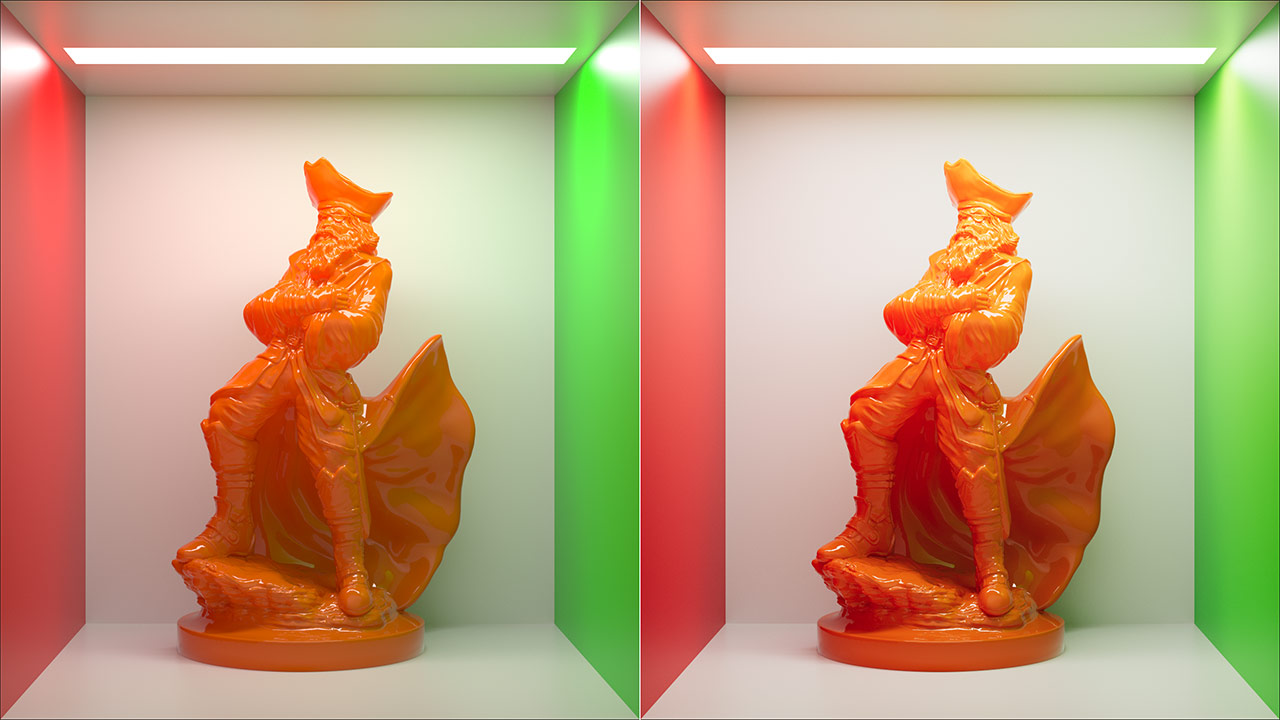
Tone Mapping
Two new Tone Mapping operators have been added in Thea Render. Filmic allows the user to have complete control over Highlights and Shadows while Reinhard provides a robust way to automatically compress high dynamic range renders.


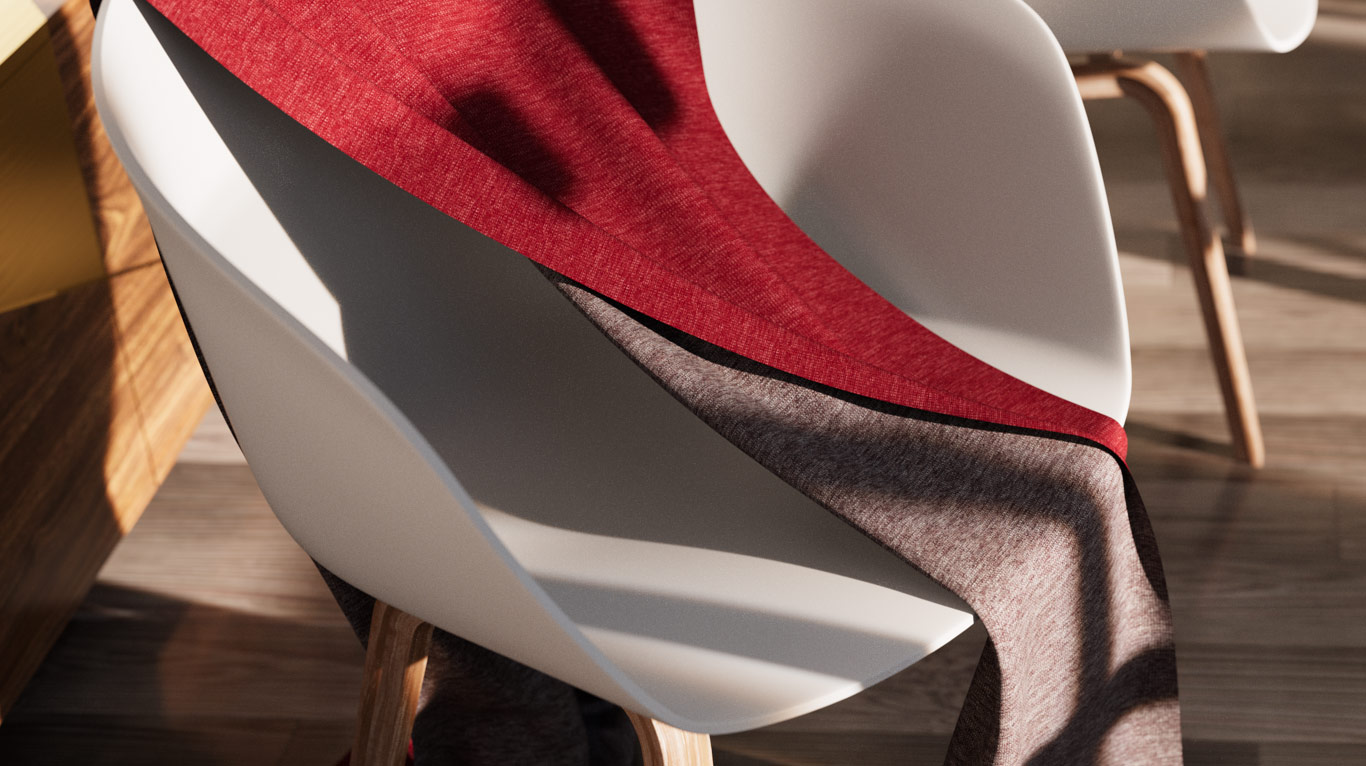
Back-Face Material
A separate material can be assigned to the back face of a surface. This is very useful for models without thickness like labels, leaves, etc.


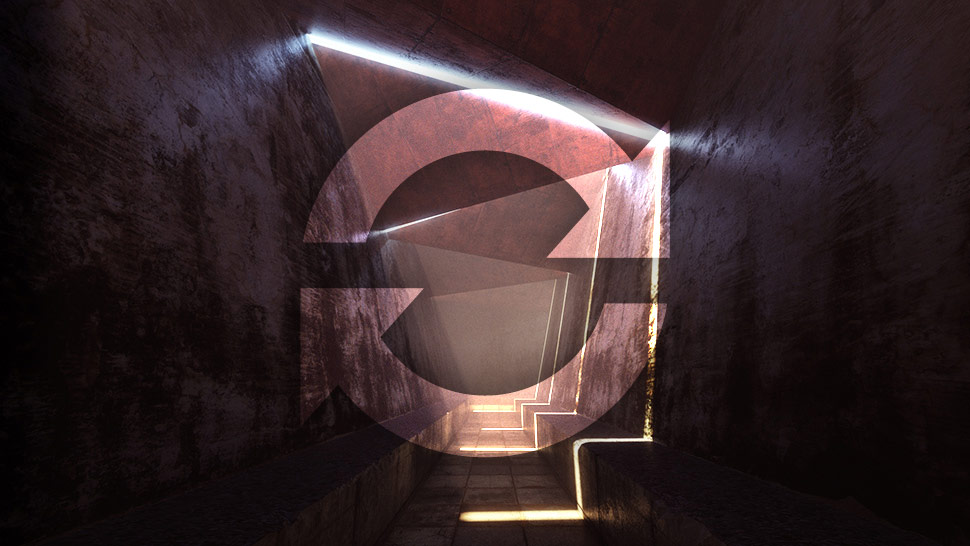
Resume/Merge Render
The user can stop a rendering and resume later without losing any progress. This is ideal when resources are limited or render job needs to be transfered to other workstations.
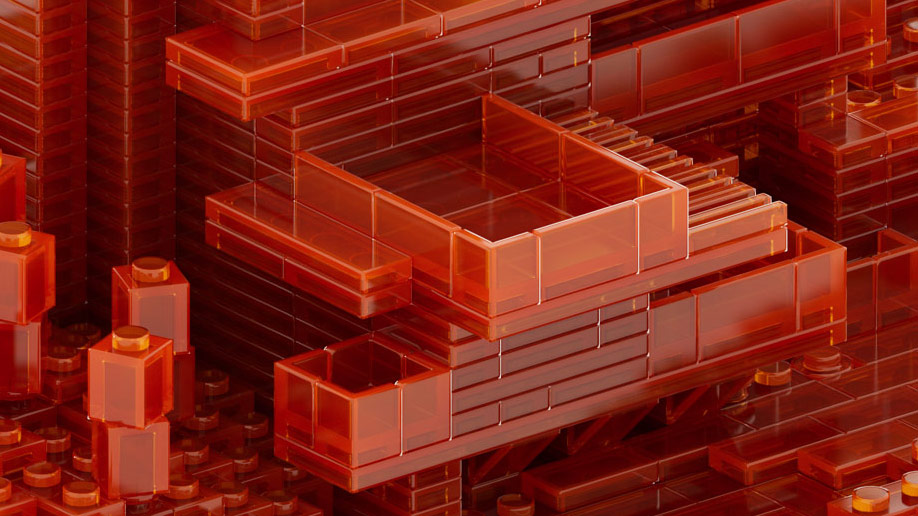
Beveled Edges
Beveled Edges can be used to smooth out the edges of an object with controls over the radius of the effect and the minimum angle of the adjacent faces.


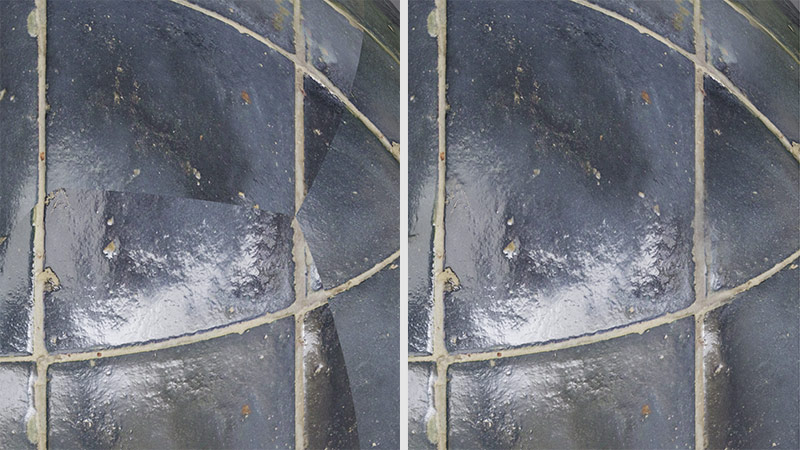
Triplanar Mapping
Triplanar is a special mapping technique similar to Cubic Mapping with the addition of blending together the projections from each axis (x, y, z). Triplanar Mapping along with the Cut-Off and Sharpness parameters can be used to eliminate the seams of a texture without the need of proper UV Coordinates.


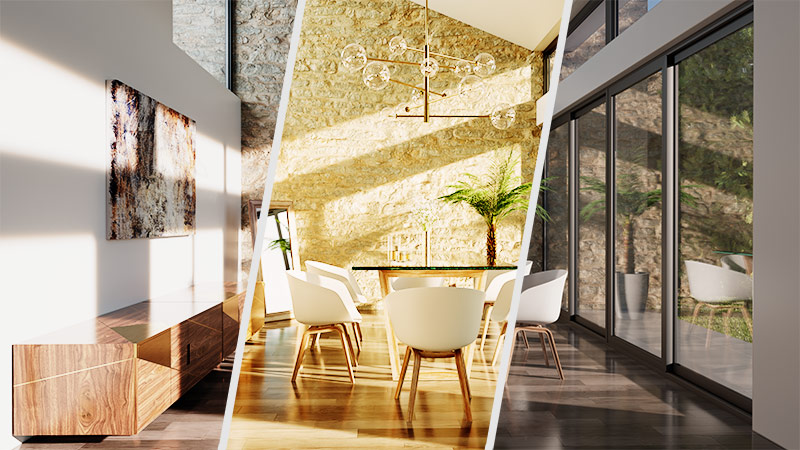
Support for LUT files
LUT stands for Look-up Table and the files can be used to change the overall color and tone of an image.


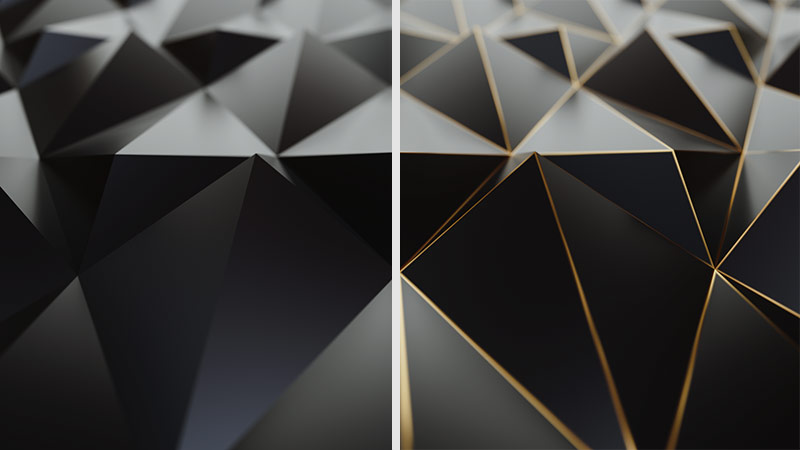
Edge Ramp Procedural
The Edge Ramp procedural makes it possible to apply color to the edges of a surface based on the minimum angle of adjacent faces and the radius of the edges.


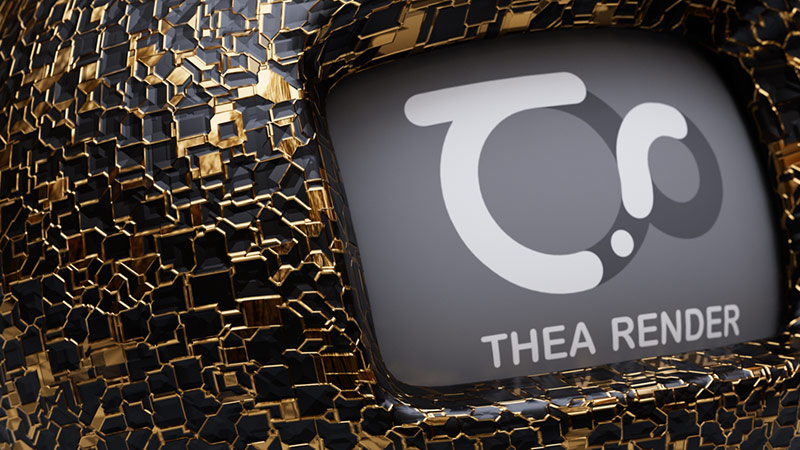
Worley Noise Procedural
The Worley noise procedural is able to create cell-like structures that simulate textures of water and stone among others.



Cuda 10 Support
Thea Render supports Cuda 10 making it possible to use High-End GPUs like Titan-V and RTX.



AMD Open CL Support
Support for AMD Graphic Cards rendering has been added through OpenCL. Please note that this feature is Windows only and under continuous improvements.


More Features
— NVIDIA® OptiX™ 6 integration